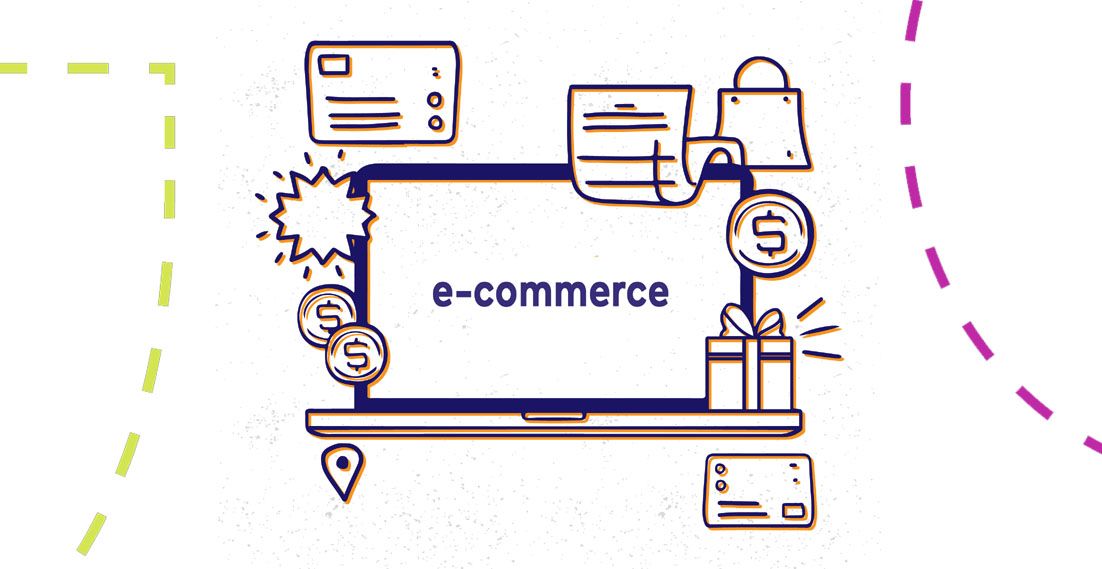Using Multilingual SEO to go Global

SEO, like the Web itself, is an ever-evolving creature. So my first piece of advice, before we even touch on the intricacies of multilingual SEO, is to welcome and study these changes earnestly. For all of your business ventures moving forward, it will be imperative to approach SEO with an open mind and a sense of flexibility. Through monitoring the latest SEO developments, you can choose a plan that will yield the greatest results for your business.
Defining multilingual SEO
When you feel confident about your business’s success locally or domestically and you make the decision to step onto the international stage, you are taking a risk. You are also entering into a different game with different rules. You will need to implement multilingual SEO tactics, otherwise your business’s site may never be found by users in foreign countries. If you want your business to be successful on a global scale, this means allocating energy and funds to SEO. While this may seem overwhelming, multilingual SEO really boils down to your ability to meet user needs.
For example, you have created a business that sells children’s clothing online and since this business has been so successful locally, now you think it’s time to focus on going global. You have your eye on the market in France. It’s an easy transition, right? All you have to do is translate your business’s site into French and then voilà, you have gone global. Unfortunately, it’s not quite that easy.
Multilingual SEO is more than simply translating content, it is adjusting that content for each language and location you are targeting. It can be a tricky business though, when one country or geographic region speaks multiple languages or the same language is spoken in multiple target countries.
Why is multilingual strategy important?
Let’s return to the example. It would make sense for French speaking users searching for children’s clothing in France to be directed toward your French site. What if you want to expand your business to Morocco as well? It would still be logical for French speakers in Morocco to be directed to the French site (maybe a customized Moroccan-French version), but what about those who speak Arabic? Where do you send them? Would directing those users to your English site be more prudent? These are the types of questions you need to consider while forming your strategy.
The point of creating a website for your business is to create traffic. In order for this to happen, it is crucial that your site ranks well with Google. You will find that optimization is harder when dealing with multiple countries or languages, though. If you write your site in English, your site will only be optimized for English. Although it may seem like a quick and easy solution, you cannot lump users together simply because they share similar languages or close geographic location. Your multilingual SEO strategy should recognize there are differences between a French speaking Moroccan and a French speaker from France. Understanding these differences will allow you to create a strategy that caters to each group individually while increasing your reach and helping your pages rank better with Google. Here are a few other multilingual SEO hazards you should avoid.
Don’t compete against yourself
One of the biggest hurdles to overcome when dealing with multilingual SEO is duplicate content. Duplicate content is, as the name suggests, repetition of the same or very similar information across your site. This will inevitably occur when you are creating multiple pages of your website for multiple languages. Duplicate content will hurt your Google ranking because your own pages will be rivaling each other and Google won’t know which page to choose. This will result in both pages losing as their rankings will drop. The best way to overcome this obstacle is through the correct implementation of hreflang. Hreflang is complicated to master, but if done correctly, it’s a way to alert Google of your intentions. With hreflang you are able to indicate which content is meant to be seen by different users.
Content matters
Much like traditional SEO strategies, your strategy for multilingual SEO should focus on content. Creating sites for other countries and languages will involve more than just translating text. The content itself must be adjusted to suit the new audience.
Begin by conducting keyword research on your target market. This will give you insight into the users’ minds. You can see what users are searching for and what verbiage they are using to search for it. Merely translating your text word for word may result in copy that is not relatable or even offensive.
In this same vein, be cautious of differences in culture. Words are powerful and hold many different connotations. A word in one language or location may have a completely different meaning in another language and location. You are not expected to know the subtleties of every culture so here it is worthwhile to hire a professional translation company. Those who work at reputable companies are often native speakers of the target language and are paid to be knowledgeable about the many aspects of the translation.
Creating a domain structure
Domain structure is an aspect of multilingual SEO that you must be intentional about. How will users enter your website and where will they be brought? You will need to decide whether to use country code Top Level Domain, sub-directories, or sub-domains. There are pros and cons to all three options, but your choice will ultimately depend on personal preference, size of your company, and budget. Take your time and choose your domain structure carefully as it will affect the structure of your site and where your site can be found.
Wrapping it up
Multilingual SEO has many different components, but in the end it comes down to meeting user needs across cultural, regional, and lingual boundaries. A successful strategy involves avoiding duplicate content, conducting keyword research, hiring professionals to translate your content, and choosing an appropriate domain structure. These steps will help optimize your website for a global market. This may sound like a lot of work and it is. I won’t lie, deciding to take your business to this next level is a big step, but if done thoughtfully, you’ll tap into unlimited selling potential.
SEO Translation? Yes, we will do it!
How Can I Live and Work Abroad in the Czech Republic?
Do you feel stuck in your job? Are you considering a career change? Maybe you already own a successful small business, but you feel like it has plateaued. Do you simply want to gain more experience and build your resume? If any of the above applies to you, you should consider working abroad. During this […]
How Can I Create a Blog for My Small Business?
Let’s face it, most people (at least in the Western society) are bombarded by information from the time they wake up until the time they go to sleep. To survive in this environment where information is hurtled at us continuously, we have learned how to scan our inboxes for spam email, mute the TV during […]
How Can I Start a US- Based Company as a Non-Resident?
For a small business owner in China or an entrepreneur in Argentina, opening a business in the US may seem like a pipe dream, something seen in the movies or read about in an article, but nothing unattainable. How about you? You also may have guessed that the process of starting a business in the […]
6 ways to use Google Trends for Market Research
Conducting market research can be difficult, time-consuming and expensive. If you own a small business, you may not have the money to pay a market research company. But doing it yourself requires a lot of resources as well, it includes paid focus groups, keyword tools, observation, surveys, and customer interviews. What if I said you […]



